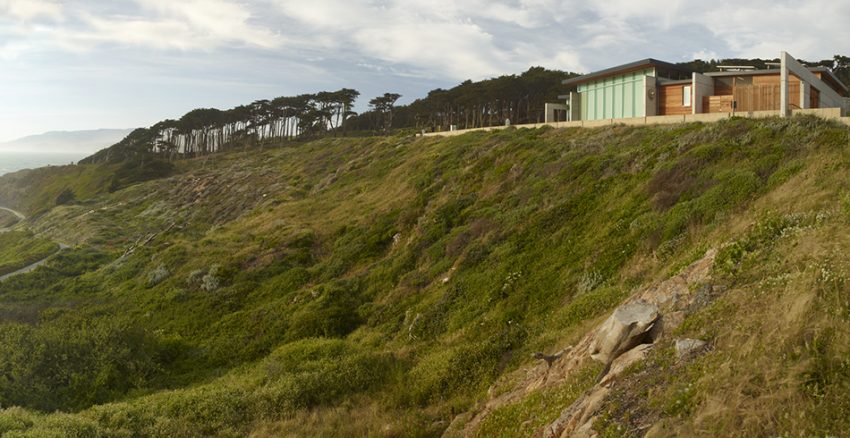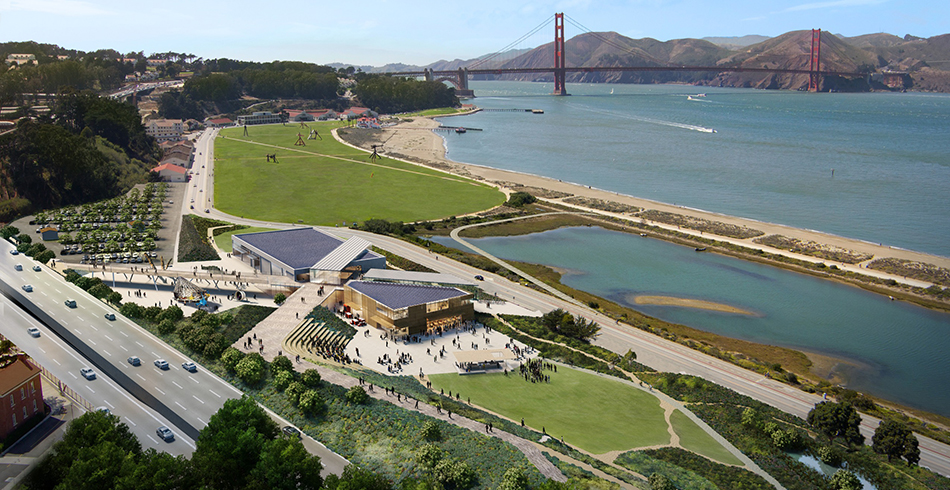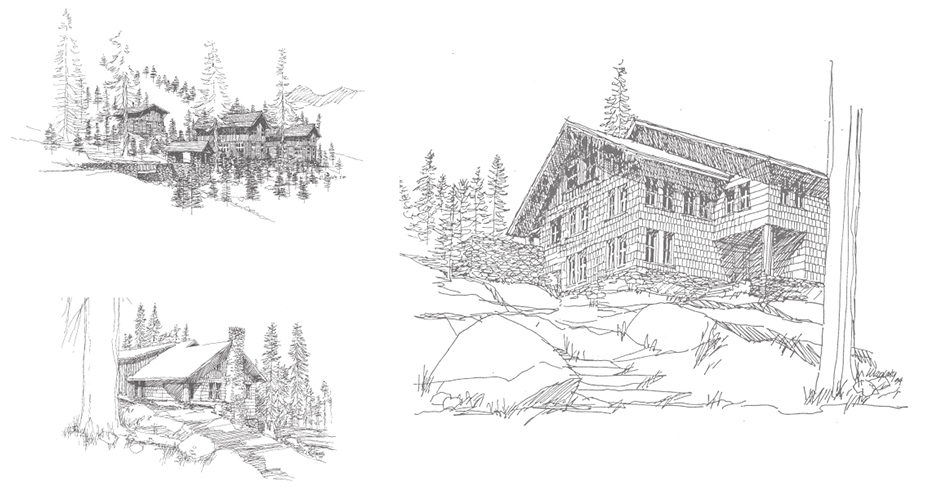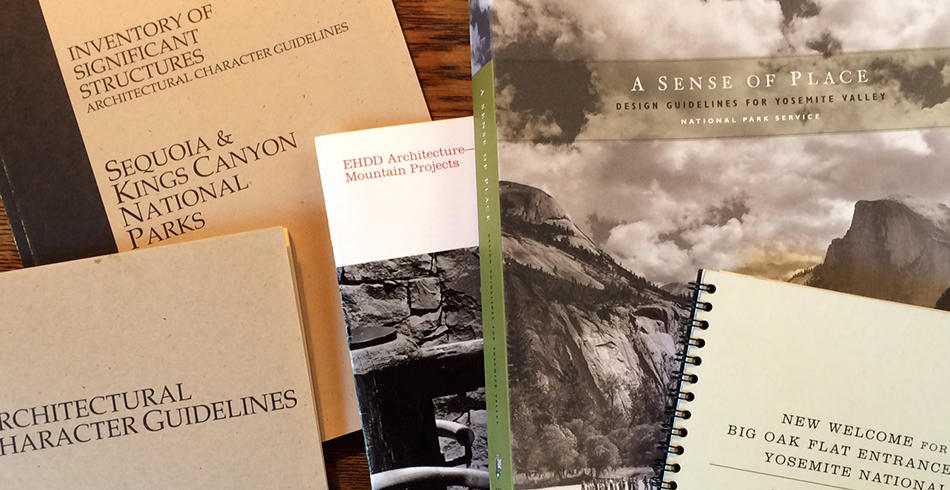National Park Service at 100

This week marks the Centennial of the National Park Service. For nearly four decades, EHDD has been collaborating with this organization, the stewards of sites visited by millions each year. Back in 1916, President Woodrow Wilson signed the agency into being in an effort to collectively preserve the ecological and historical integrity of the United States’ important resources. In the subsequent one hundred years, the NPS has grown into a network of 413 areas that have come to provide a national public service. These spaces are accessible to the people for use and enjoyment in perpetuity. This continued commitment to important public environments speaks directly to EHDD’s mission—dedication to public engagement and a responsibility to the future. With these common values, it is no surprise that our paths have crossed multiple times over the years; the collaborations have been robust and fruitful.
EHDD has a long history of designing for the mountain climate. This familiarity is embedded in the firm’s design of National Parks spaces, initiated by the development of design guidelines for Yosemite and Sequoia and Kings Canyon National Parks beginning in the 1980s. These frameworks, which influence hundreds of individual sites, were spearheaded by founding EHDD Principal George Homsey, who has had a lifelong fondness for the California alpine setting. Beginning with summers spent washing dishes at Yosemite’s Camp Curry, Homsey appreciated the mountains as an escape from city life and a playground for experimenting with new, vernacular approaches toward building. These guidelines were the culmination of exhaustive evaluation of existing resources and an acknowledgement of the unique character of each park. In the development of a framework for the consideration of future design, EHDD emphasized the distinctive qualities of each National Park and accentuated the primacy of the natural setting. After all, Homsey says, “People aren’t coming to the parks to see buildings.”
The Sequoia and Yosemite design guidelines offer an approach more than a prescriptive decree. While understanding, respecting, and responding to the existing language of the surrounding environmental elements, the documents provide thoughtful recommendations rather than dictating requirements—in Homsey’s words, they act as “a reference, not a cookbook.”
This early association with NPS architectural design focused on a large scale (yet park-specific) attitude toward contextual appropriateness. Specific projects emerged to better demonstrate these primary values. Along with planning and design work at Sequoia and Kings National Park, EHDD’s 1997 addition to the Yosemite Lodge restaurant capitalized on its dazzling settling—glazing at the dining room was designed to specifically frame complete views of Yosemite Falls.
Recent EHDD projects for NPS have built upon the contextual richness of our existing approach. The award-winning Lands End Lookout, located within the Golden Gate National Recreation Area just above the ruins of Sutro Baths in San Francisco, was completed in 2012 and has become a much-loved site. This visitor center responds to the existing architectural character and situates its design in service of the overall site experience while addressing contemporary concerns of sustainability and community engagement. The Lookout provides the core elements to enrich the experiences of visitors embarking on journeys into the park—a space out of the wind, a bathroom, a cup of coffee, and a place to tell a story. Other projects, including the Presidio Exchange (PX) competition entry and the current New Presidio Parklands Project, continue this trend of local involvement in the National Parks environments while further embracing the rich possibilities for cultural engagement at the parks.
What’s next? What is the role of design in the future development of the parks? How might the built environment better contribute to the mission of the parks? Architectural interventions can act as tools for visitors to better understand the Parks. Elements that allow people to learn, contribute, or participate in park stewardship can make the processes and mission of conservation more tangible. America’s best idea is still powerful, and we anticipate that future approaches to design at the National Parks will maintain the thoughtful consideration for the continued enjoyment of public spaces EHDD has championed all along. Here’s to another 100 years!
By Ryan Metcalf, Designer





